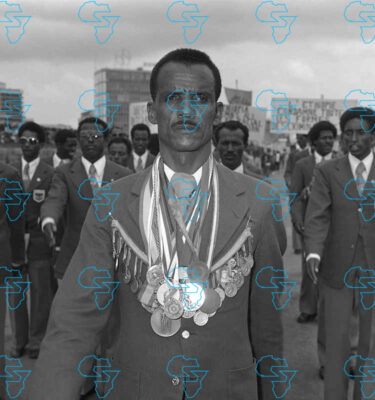
Ethiopia will need between USD 257 billion and USD 397 billion over the next seven years to achieve its national development priorities, a new report has revealed. The figure underscores the scale of the country’s financing challenges at a time when revenues remain constrained and investment inflows lag behind regional peers.
The report was released during the Impact Dialogues Ethiopia Conference, held on September 23, 2025, under the theme ‘Aligning Priorities to Accelerate and Scale-Up Impact Investment in Ethiopia.’
It noted that despite being one of Africa’s fastest-growing economies, with growth reaching 7.3 percent in 2023/24, according to the African Development Bank’s Country Focus Report 2025, Ethiopia’s financing needs far outpace its revenue generation capacity.
The federal government currently mobilizes funds from tax and non-tax revenues, which together provide USD 18.13 billion, alongside international public sources such as external debt and official development assistance (USD 4.4 billion), and international private flows like remittances, foreign direct investment, and portfolio capital of USD 16 billion.
From The Reporter Magazine
Domestic private investment supplements these inflows. Even so, the report estimates that Ethiopia faces an 11.2 percent budget deficit in financing its Ten-Year Development Plan, with large portions of expenditures still uncovered.
Alongside the wider development financing gap, Ethiopia also confronts a climate finance shortfall of USD 252.8 billion by 2030. The report stressed that meeting adaptation and mitigation goals will require innovative capital mobilization, including green bonds, voluntary carbon markets, and debt for climate swaps.
SMEs remain another critical pressure point.
From The Reporter Magazine
Although they form the backbone of the economy and employ millions, only about 130,000 of the country’s 800,000 SMEs currently have access to credit. The resulting SME financing gap is estimated at USD 4.2 billion. Surveys by the International Finance Corporation and the World Bank indicate that between 2020 and 2024, around 1,500 to 2,000 enterprises sought growth capital of between USD 50,000 and USD 1 million each, amounting to USD 300 to 500 million in capital demand over the past five years.
This unmet demand reflects Ethiopia’s underdeveloped financial ecosystem.
The social implication of these gaps is severe. The country requires 2.5 million new jobs annually to absorb labor market entrants, yet unemployment stands at eight percent overall and 27.2 percent among youth, while more than 31 million people still depend on humanitarian aid.
Without stronger investment flows, Ethiopia risks deepening unemployment, poverty, and aid dependency, the report further stated.
Yet despite urgent need, Ethiopia has struggled to attract meaningful shares of the region’s impact capital.
East Africa has become a major hub for impact investing, drawing more than USD 9.3 billion across 1,000 deals in recent years, with 155 impact investors managing 203 active vehicles. Ethiopia, however, accounted for four percent of the deals and seven percent of capital until 2015, largely due to regulatory, structural, and market barriers.
The report identified multiple factors discouraging investors, including a limited pipeline of investor-ready businesses, high capital costs, weak financial instruments, policy and regulatory gaps, and broader structural challenges. These conditions have created a cautious investment environment in Ethiopia at a time when it urgently needs to mobilize capital to close its development and climate financing gaps.
.
.
.
#Ethiopia #Requires #Staggering #USD #397bln #Achieve #National #Development #Priorities #Report
Source link











